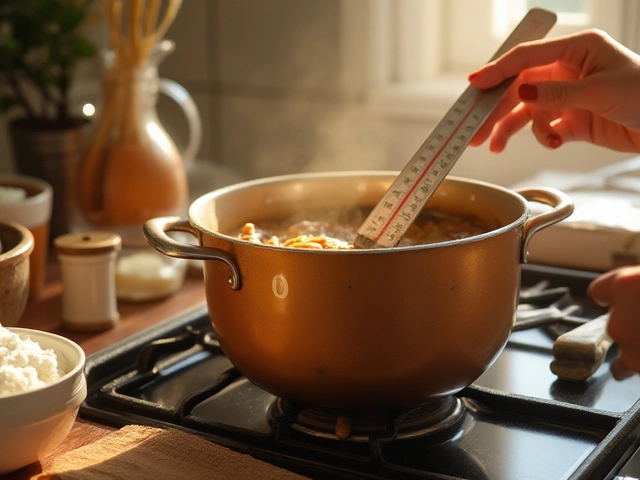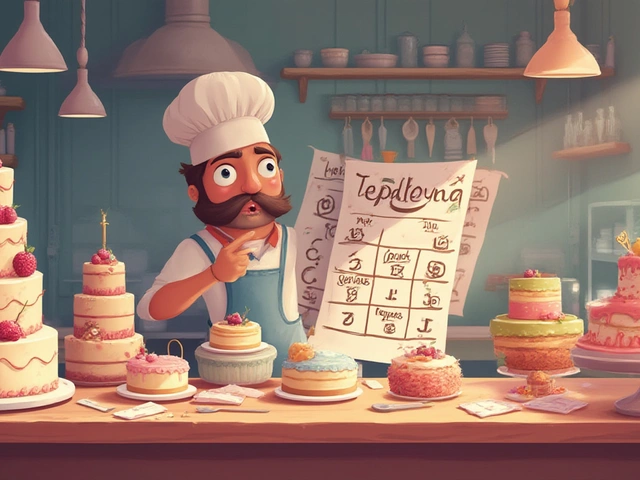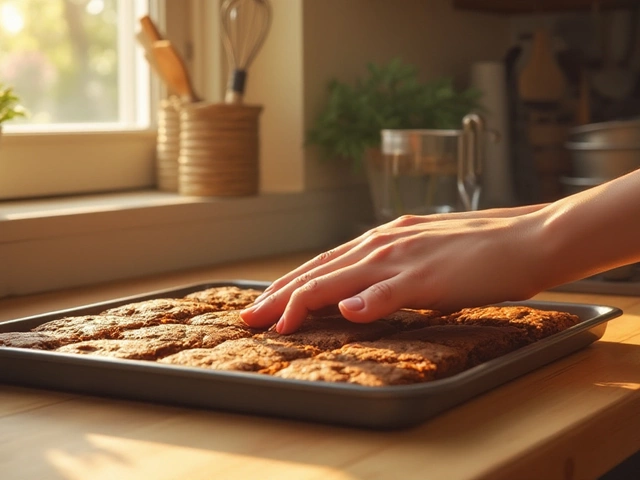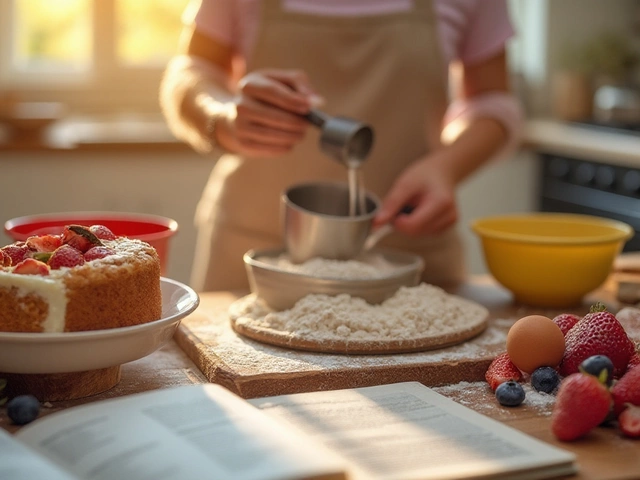Why Flour in Cheesecake? The Secret Behind Texture and Structure
When you think of cheesecake, you probably imagine cream cheese, a rich, dense dairy base that gives cheesecake its signature velvety mouthfeel. Also known as New York-style cheesecake, this classic dessert relies on a few key ingredients—but flour is one that surprises people. It’s not there for flavor. It’s there to hold things together. Without it, your cheesecake might crack, sink, or turn too fragile to slice. That’s because flour acts like a gentle scaffold, helping the eggs and cream cheese set evenly during baking.
Not all cheesecakes use flour. Some rely on cornstarch or even none at all for that ultra-smooth, custard-like texture. But when you see a classic New York cheesecake, a dense, slightly firm, crack-resistant version popular in American bakeries, flour is often in the mix. It’s the reason your slice holds its shape when you lift it, and why the edges don’t pull away from the crust. It’s also why some recipes call for just a tablespoon—enough to stabilize, not to thicken. Too much flour turns it into cake, not cheesecake.
Flour doesn’t just prevent cracks—it balances moisture. Cream cheese is wet. Eggs are wet. Sugar dissolves into liquid. Flour absorbs some of that excess, letting the center set without becoming rubbery. It’s a subtle trick, but one that makes a huge difference between a wobbly mess and a perfect slice. If you’ve ever tried a flour-free cheesecake that cracked down the middle, you know how frustrating that is. Flour doesn’t make it heavy. It makes it reliable.
And it’s not just about structure. Flour helps with browning too. A light dusting encourages the top to develop a gentle golden hue, not just pale and raw-looking. It’s why some bakers swear by adding a pinch of flour even when they’re going for a no-bake version—they’re not trying to bake it, they’re trying to keep it from falling apart.
So why do some recipes skip it? Because some people want that silky, almost liquid center. But if you want a cheesecake that looks professional, holds up under toppings, and survives a party without turning into a puddle, flour is your quiet partner. It’s not glamorous. It doesn’t taste like anything. But it’s the reason your cheesecake doesn’t turn into a disaster.
Below, you’ll find real recipes, real tests, and real answers to the questions you didn’t even know to ask—like whether you can swap flour for cornstarch, why some brands work better than others, and what happens if you forget it entirely. These aren’t theory posts. These are the kind of posts you come back to when your cake starts to crack.
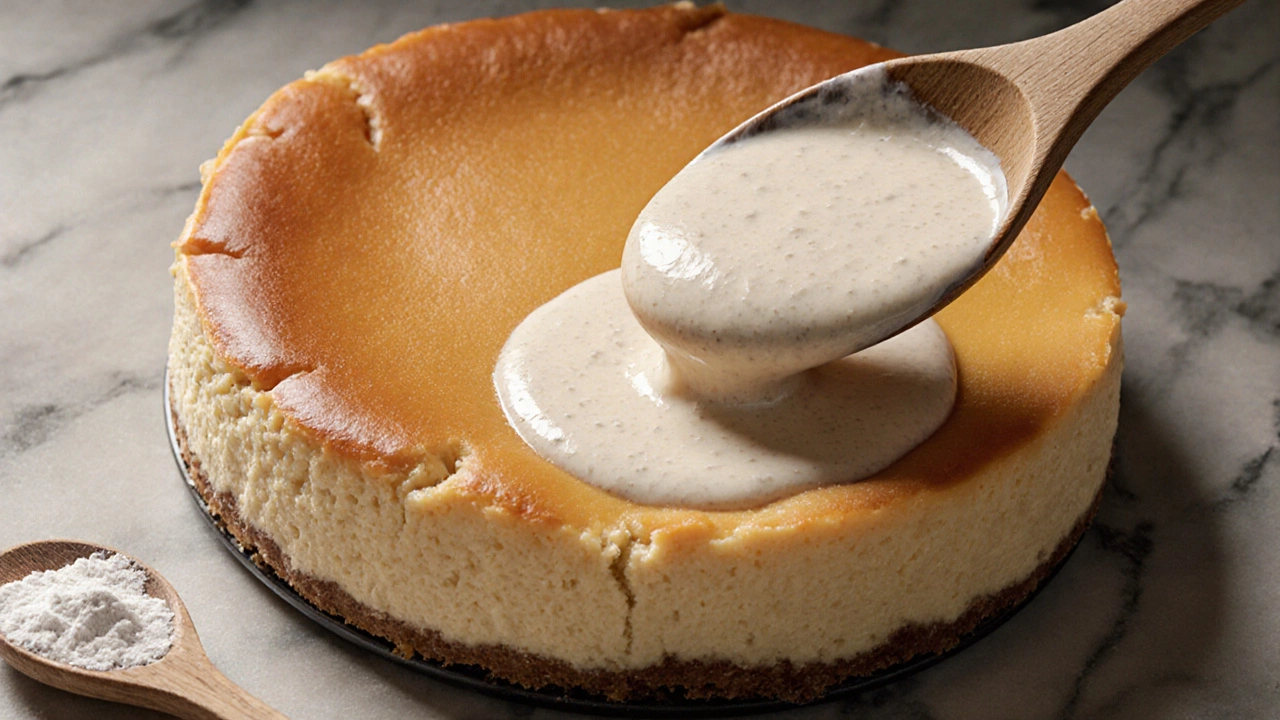
Why Do People Add Flour to Cheesecake? The Real Reason Behind the Ingredient
Flour in cheesecake isn't for flavor-it's for structure. Learn why a small amount prevents cracks, sinking, and messy slices, and how to use it right for perfect baked cheesecake every time.
View More

